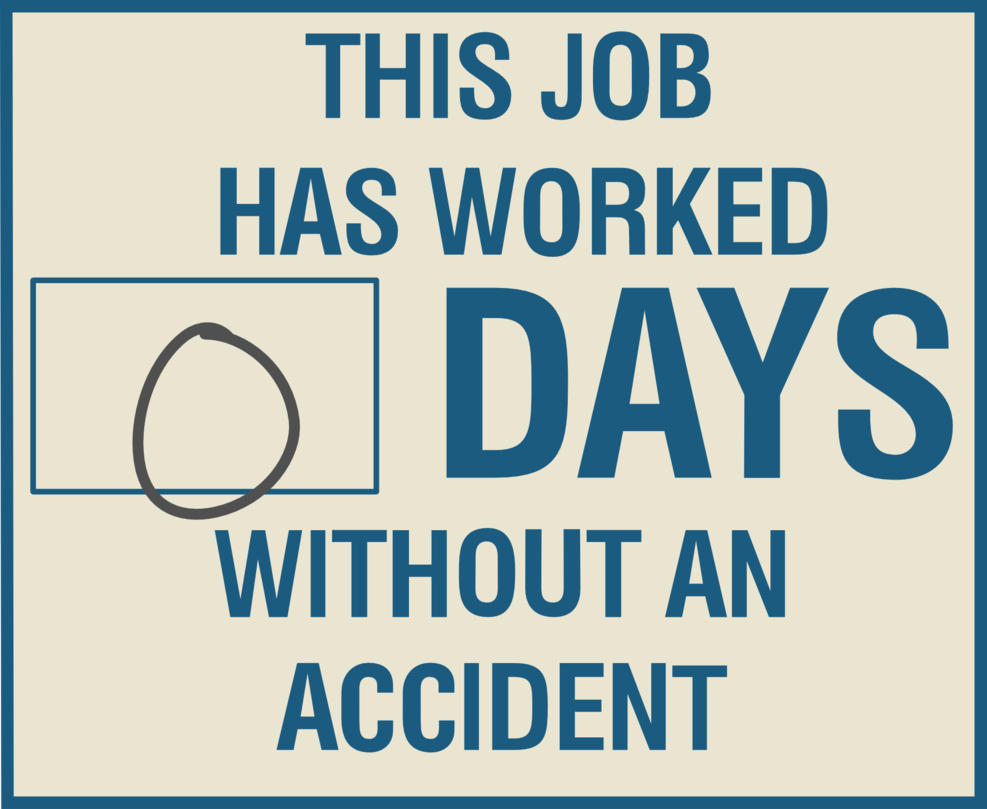Twenty-eight year old James, an air conditioner serviceman employed by John Doe’s Heating & Cooling for the past six years, limps into the office of company owner John Doe. He is holding his back and expressing obvious pain.
“What happened to you?” John asks with concern.
“I had just finished up that Williams repair and was loading my tools into the van when I slipped and pulled my back. It really hurts.” James attempts to stretch sideways and gasps.
John tells James to go home and take it easy. James does just that. Soon after, he sees a doctor, files a workers’ compensation claim and “takes it easy” for the next four months! However, one of his recent Facebook photos shows he had been water skiing over the recent weekend.
Fake injuries on the job come in a variety of ways, the most common being an alleged work related back injury. While workers’ compensation protects employees who are injured on the job – self-insured employers bear a huge financial burden for fraudulent injury or exaggerated claims paying their medical expenses, lost wages and other expenses while the worker recuperates. While only a small percentage of workers’ compensation claims filed are considered fraudulent, about one out of four lost time claims are exaggerated, otherwise known as malingering.
So what can you do to protect your organization against injury fraud? And what should you do if you suspect an employee of faking an injury? Here are six steps your company can take to protect itself against potentially fraudulent injury claims.
- Implement a Safety Plan
Preventing fraud starts with having a safety plan in place and enforcing that plan. When employees know there is a written process in place for reporting injuries, they are less likely to “try and pull a fast one.”
The safety plan should outline what steps to take in the event of an injury. It should be displayed in a common room, as well as in company vehicles, and should be signed-off on annually to ensure compliance. A good practice for safety plan placement is similar to placing your drug abuse policies, which you can find information on here.
Your safety plan should be enforced 100 percent of the time, and you should work with your TPA or insurer to implement a safety-management program that can eliminate as many safety problems as possible.
- Communicate Zero Tolerance for Injury Fraud
Building strong loyalty and honesty among your employees regarding injury fraud, and making sure that they understand it will not be tolerated, goes a long way toward preventing fraudulent claims. Communicate that your entity has zero tolerance for injury fraud and that violators will be prosecuted to the full extent of the law.
But, keep in mind that not everyone will be out to file a fraudulent claim, so don’t go overboard or take too harsh of an approach. If you treat all injury claims with suspicion, you could run the risk of alienating the majority of your honest workers.
- Provide and Promote a Safe Work Environment
One of the easiest ways to prevent fraudulent injury claims is to provide a safe and comfortable workplace. Assure your employees that their safety is a top priority. If an employee expresses concerns about unsafe working conditions, address them immediately.
A good way to promote a safe work environment is to track and display the number of days that elapse without an incident. Celebrate milestones; this can be as simple as a dry erase board, with an updated number of days since your last incident, as shown below:

- Implement a Thorough Hiring Process
Another good way to combat fraud is through careful screening of all job applicants. Conduct background checks on all candidates prior to hiring. Carefully verify all references and background information. Be wary of criminal records and any individual with a history of injury claims. Being diligent early on in the hiring process ensures you have a more ethical workforce and can save you headaches down the road.
- Abide By Your State Workers’ Compensation Laws
The workers’ compensation system is administered on a state-by-state basis, and requirements for employers vary from state to state. If you have questions regarding the workers’ compensation laws in your state, contact Johns Eastern Company today and speak to an experienced claims adjuster or supervisor.
- Work with Your TPA
- Perform on-site investigation of injury
- Offer a strong transitional duty program
- Provide fraud tip lines & anti-fraud posters
- Stay in contact with your injured employee
- Conduct social media investigations
- Conduct medical records search
- Conduct covert investigations
- Prosecute any proven fraud vigorously
Conclusion
Proper training, education, and signed Human Resources policies will help ensure that employees understand the expectations regarding their respective roles in the claim and return-to-work process. All of the components outlined above will contribute to a comprehensive approach that helps prevent potential fraud and abuse from ever entering your company workers’ compensation system.





